Fine singing and production impel Verdi’s ‘Forza’
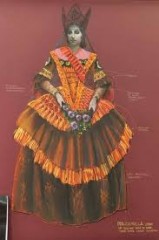
La Forza del Destino – Giuseppi Verdi
Opera Australia 29 June 2013
Opera Australia’s Sydney Winter Season opened on Saturday 29 June with a new production of Verdi’s La Forza del Destino which is part of the company’s commemoration of the bi-centenary of Verdi’s birth. It is 16 years since the company staged this work (in a production dating from 1988) and there is good reason for this delay. In spite of Verdi’s magnificent music, the ‘fate’ which impels the story of the opera is implausible and difficult to present convincingly on stage. The new production tackles this problem by attributing the persona of fate to the gypsy Preziosilla. She is present at the start of the overture, examining her tarot cards to resolve the future. During many of the subsequent scenes she is a continuing presence personifying fate, occasionally intervening, underlining the irony and driving the story to its tragic conclusion.
The decision was made to use the original ending of the opera which Verdi wrote for St Petersburg in 1862. This does not include a final scene which Verdi added for the opera’s Italian première in Milan in 1869 in deference to the sensibilities of Catholic Italy which required that the opera end in a spirit of religious redemption. Nevertheless, even without the additional final scene, this version of the opera still runs for nearly four hours.
The director Tama Matheson and designer Mark Thompson have set the production vaguely in the eighteenth century, as per the libretto. Thompson has created a stage set that transforms speedily between scenes, which maintains the momentum and avoids extending an already long evening. The costumes are effective and have been splendidly realised by the Opera Australia wardrobe department. Nigel Levings’ lighting helps to underline the gloomily destructive forces of fate and human folly.
The splendid curtain which greets the audience on arrival is a panel of gleaming gold Inca-themed medallions reminding us of Don Alvaro’s background. After the curtain rises, however, the atmosphere is one of gloomy predestination where the future is pre-determined. A towering skull looms over many of the scenes. As Matheson writes in a programme note, ‘our lives can only be a solemn, trance-like movement towards the grave’. This is emphasised by dark eye makeup which makes almost everyone on stage look like the walking dead.
Does all this work? Well, in general it does. Sometimes the symbolism seems forced, perhaps overdone, sometimes too busy, but at least it provides some rationale to a plot which otherwise can seem like a rambling sequence of unrelated episodes, unconvincing accidents and implausible coincidences.
There need be no qualifications, however, about the actual performance: the singers are excellent. Leonora is sung by the Bulgarian soprano Svetla Vassileva who has a fine spinto voice which rides comfortably over the full ensemble of choir and orchestra. She can also pare back her voice to a delicate and expressive filigree.
The Italian tenor Riccardo Massi sings Don Alvaro. His is a fine Verdi sound with sensitive phrasing and a fine legato. The Australian Jonathan Summers is now resident in the UK, but has returned to sing Don Carlo. His fine baritone and dramatic stage presence are an ever-reliable asset to any production.
Rinat Shaham returns to sing Preziosilla after her memorable performances as Carmen in the recent summer season of Handa Opera on Sydney Harbour. Normally a minor role, this production makes Preziosilla the personification of fate so that she appears in many scenes throughout the opera. Shaham’s strong voice makes a fine gypsy and her dramatic flair suits the expanded role of fate.
Warwick Fyfe sings and acts a strongly characterised Fra Melitone. The Florentine Giacomo Prestia has a fine deep bass voice which he used well as Padre Guardiano. Richard Anderson was vocally strong as Leonora’s father. His dishevelled appearance, however, lessened the authority which the character should have, although his reappearance in Act 2 to haunt Leonora was dramatically effective. Kanen Breen gave an energetic performance of Trabuco, thankfully without the exaggerated antics of some of his previous performances. Sian Pendry was strong in the brief role of Leonora’s companion, Curra. All the remaining smaller roles were also very well performed.
The chorus again demonstrated that they are finely disciplined performers, singing strongly and reaching thrilling climaxes. The large orchestra played with a pleasingly full tone which almost managed to overcome the constraining acoustics of the theatre’s pit.
Conductor Andrew Licata directed the large orchestra and singers with the flexibility of tempo needed for stylish Verdi playing. He maintained good cohesion between the stage and pit and supported the singers with the orchestra’s sensitive playing.
The opening night audience gave the performance an enthusiastic reception, and it augurs well for the remainder of the winter season. Performances of La Forza del Destino continue until 23 July.
Larry Turner for SoundsLikeSydney©
Larry Turner is a music writer who has been singing in choirs for many years, both in Sydney and London. He has written programme notes for Sydney Philharmonia, the Intervarsity Choral Festival and the Sydneian Bach Choir and is currently part of a team researching the history of Sydney Philharmonia for its forthcoming centenary.

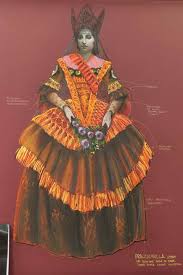

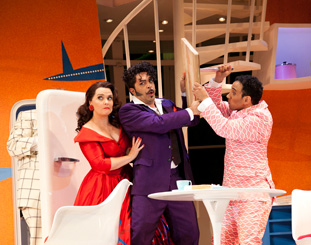
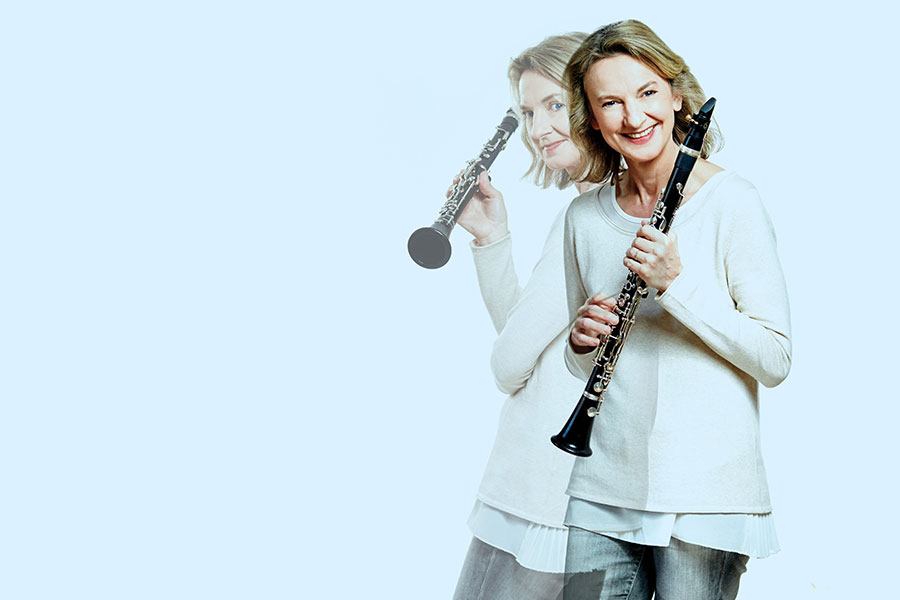
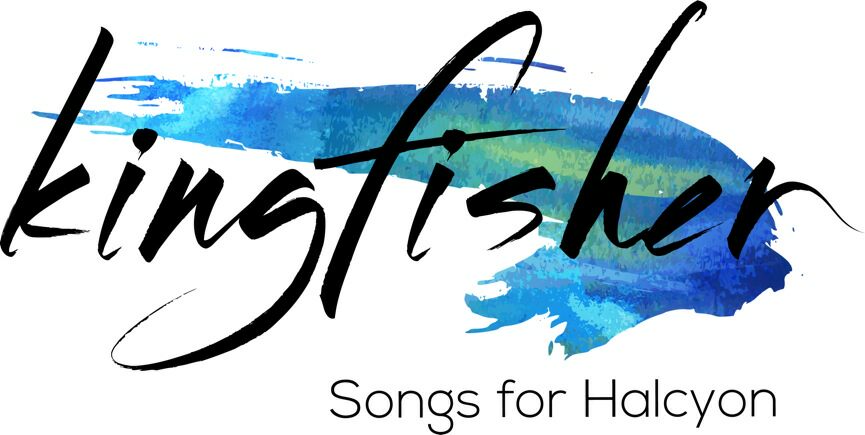

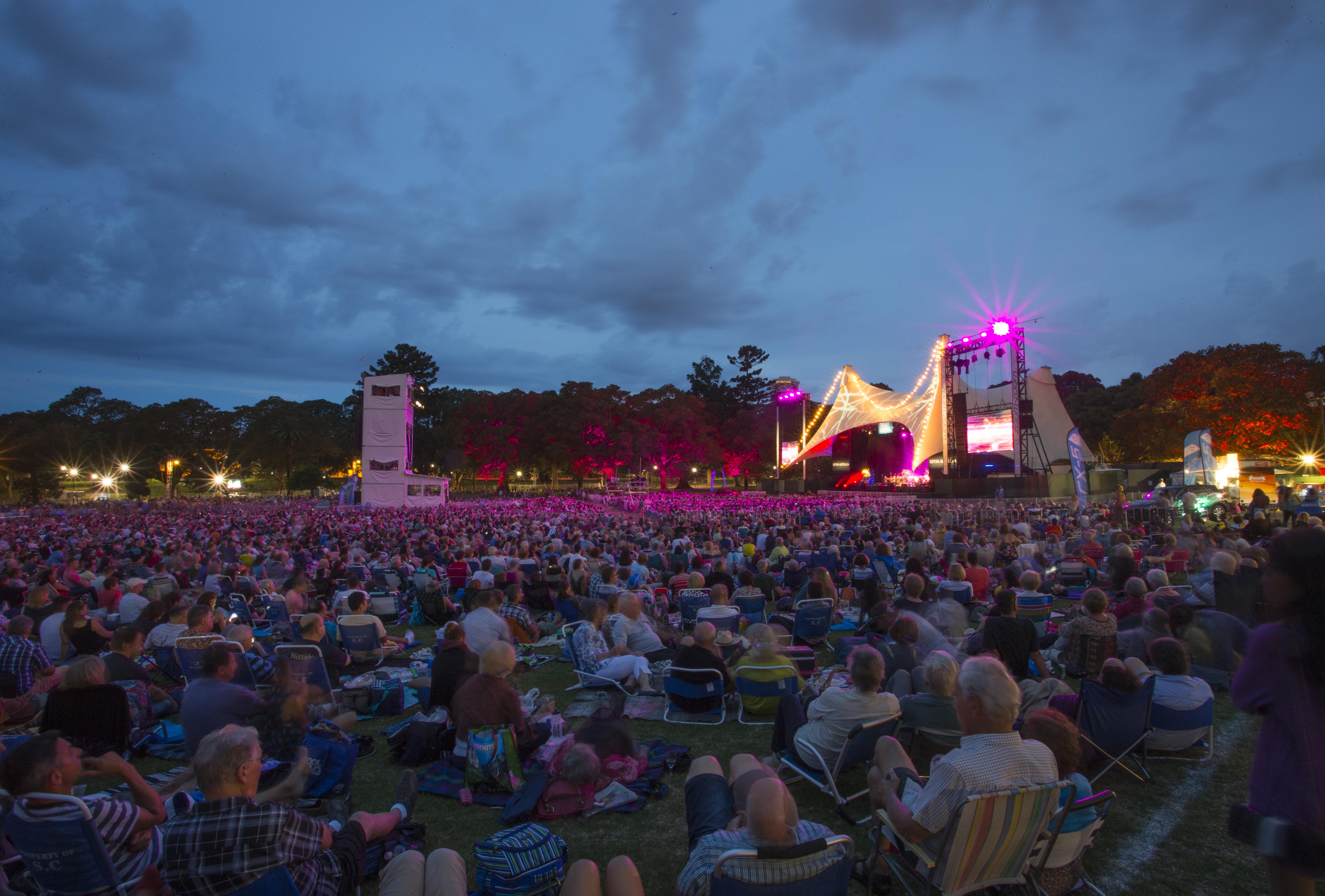
One Comment